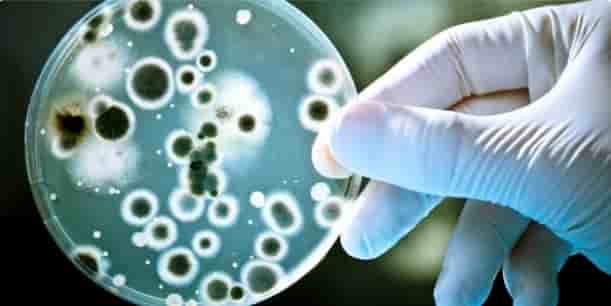Polymer bacterial poly(3-hydroxybutyrate) or P3HB is a biomass created by bacteria, algae and other microorganisms and could be used to replace fossil-based plastics.
The problem with P3HB is that it’s exepensive to produce and the production volumes are limited. The possible applications are thus limited.
However, Colorado State University Scientists found a different way to produce this biomass.
Instead of using a biological process (algae and bacteria) they use a much cheaper chemical process. They use a chemical called Succinate which is an ester form of succinic acid. Succinic acid is produced through the fermentation of sugars.
This process is faster, offers larger-scale applications and cost-effective production. The Scientists have applied for a patent for this technology
To make a long story short, they found a way to replace a biological process by a chemical process. A good example of a transition from biotech to chemtech.
Related Topics

 Colorado State University Scientists found a way to produce a high-performance, biorenewable, biodegradable plastics at an affordable price.
Colorado State University Scientists found a way to produce a high-performance, biorenewable, biodegradable plastics at an affordable price.